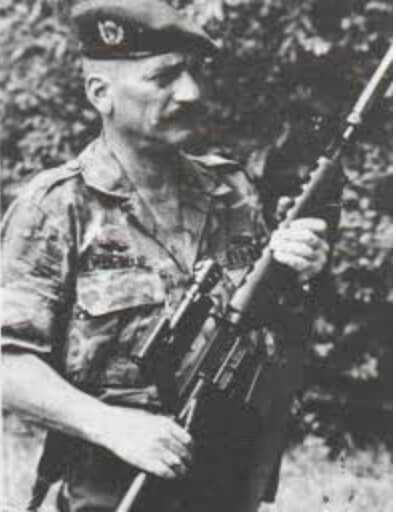
The son of a Czarist-era Imperial Russian cavalry officer, Mitch WerBell III suffered from a deplorable excess of personality. WerBell’s life reflected the synergistic combination of an audacious will, an insatiable thirst for chaos, a truly gifted mechanical insight, and some fortuitous timing. The cumulative result was adventure beyond the capacity of normal folk to comprehend.
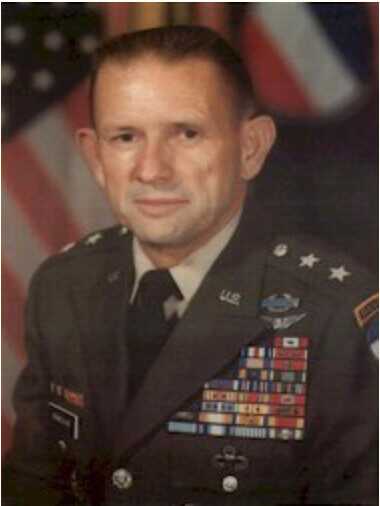
In 1942 WerBell joined the Office of Strategic Services, the precursor to the CIA, and was dispatched to the Pacific to coordinate underground operations against the Japanese. While operating covertly in China alongside the likes of John Singlaub, WerBell was once paid with a five-pound bag of pure opium. After the war WerBell returned to Athens, Georgia, to dabble in advertising.
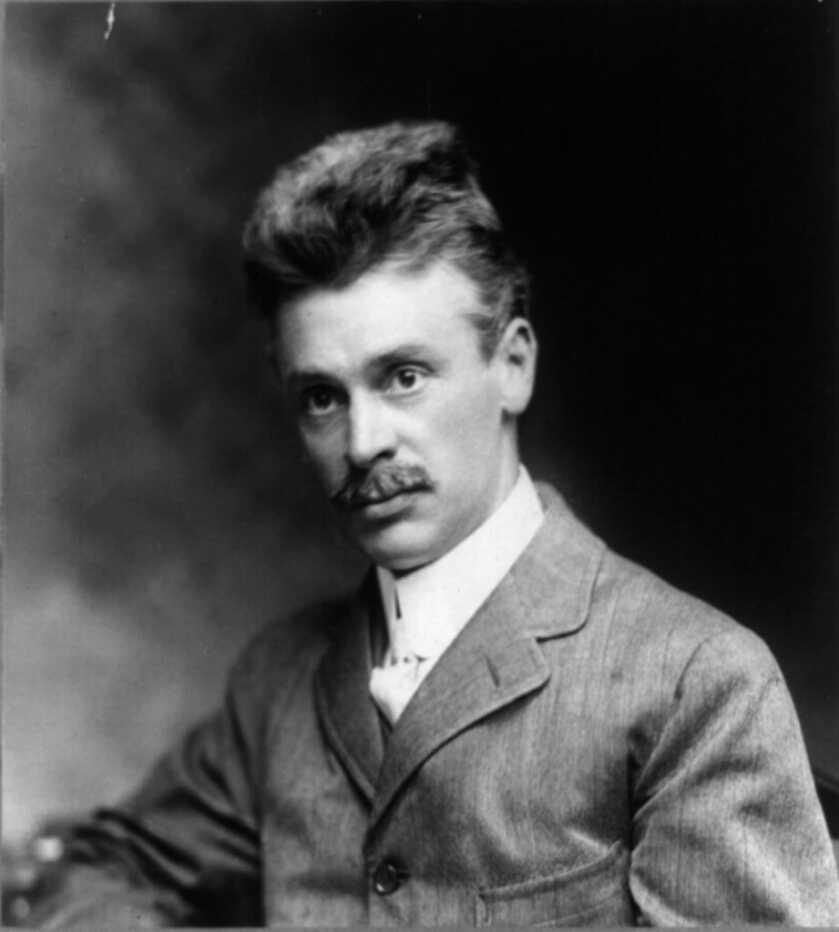
Wearing a tie and advertising sundries for a department store ill-suited the former special operator, so WerBell closed his PR firm to start building sound suppressors. Hiram Percy Maxim had patented and marketed the first commercially successful sound suppressors for firearms soon after the turn of the century. Such trinkets saw sporadic use during WW2, but the state of the art was rudimentary by modern standards. WerBell’s suppressor designs laid the foundation for the remarkable devices available to US shooters today.
SIONICS

Werbell’s suppressor company was called SIONICS. This stood for “Studies In the Operational Negation of Insurgents and Counter-Subversion.” His first efforts orbited around suppressing the M16 rifle.

The state of the art as regards materials science and engineering has advanced substantially since the 1960s. Nowadays if you want to eat at the cool kids’ table at your local firing range you need to have something stubby, round, and sinister hanging off the snout of your favorite black rifle. Back then, however, sound suppressors for high-velocity rifles were radical things indeed.
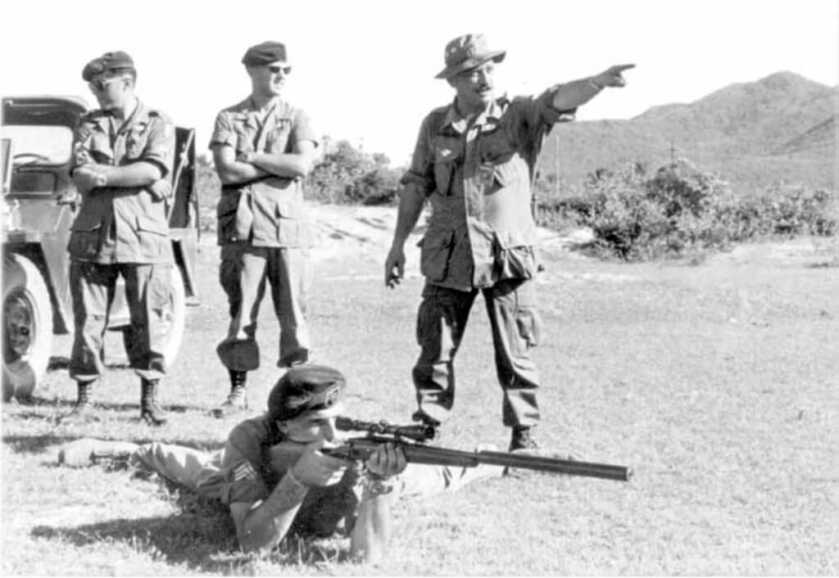
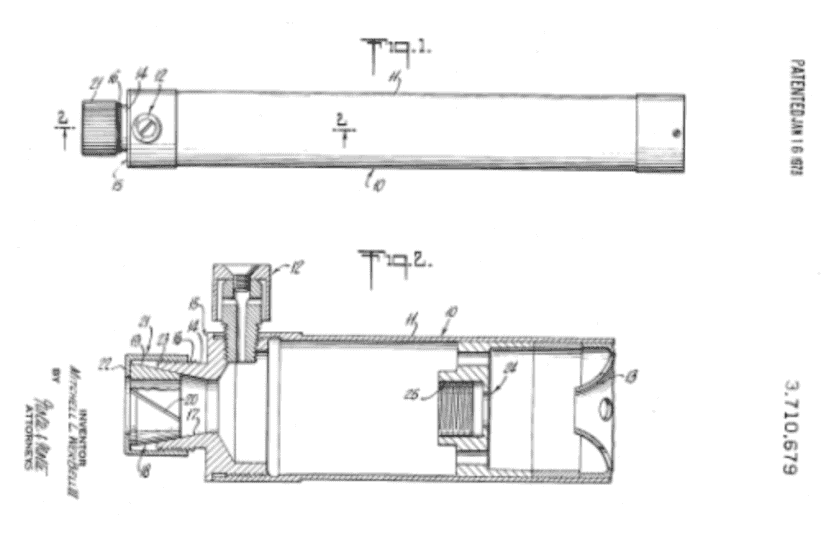
In addition to their M16 offerings, WerBell also built cans for bolt-action rifles as well as the M14SS-1, a suppressor for the M14 battle rifle. WerBell was ultimately credited with 25 separate suppressor designs as well as the “WerBell Relief Valve,” a nifty little trinket designed to vent high-pressure gases. WerBell also pioneered the use of exotic materials like titanium in sound suppressors, something that is quite commonplace today.
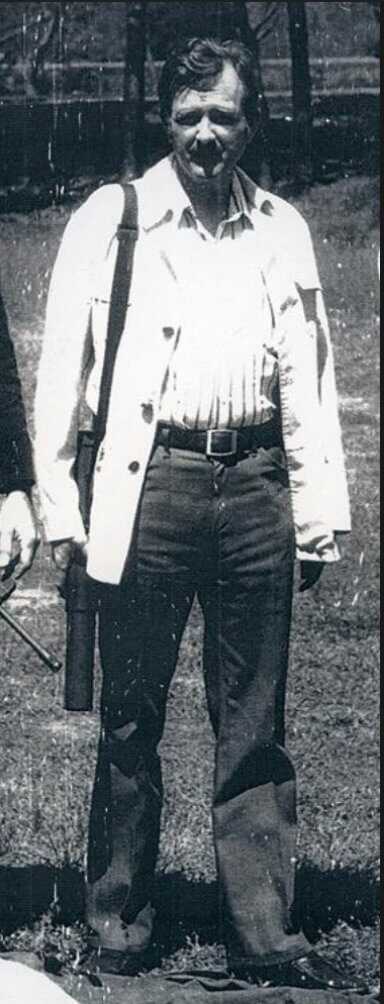
In 1967 WerBell formed a partnership with Gordon Ingram, the father of the M10 submachine gun. They melded WerBell’s sound suppressor technology and Ingram’s tiny little inexpensive submachine guns into something even greater. The M1911A1 pistols then in US service were getting long in the tooth. WerBell and Ingram envisioned tens of thousands of Ingram submachine guns stacked in US Army arms rooms around the world. With visions of fat government contracts aplenty, they went to work marketing these things.

Mitch WerBell was a player blessed with some seriously magnetic charisma. Most spies are like that. WerBell secured 29 investors at $7 million apiece to capitalize his enterprise under the umbrella of Quantum Ordnance Bankers. He eventually merged Quantum with SIONICS to create the Military Armament Corporation. Thus the MAC10 was born.
The Gun

The term MAC10 eventually made it into the English lexicon. The American rapper Dedrick D’Mon Rolison adopted the stage name “Mack 10” and parlayed himself into a brand that eventually sold 11 million records. The term “MAC10,” however, was never an official moniker used by the Military Armament Corporation in their promotional efforts.

Gordon Ingram was a World War 2 veteran with a knack for engineering. His first modestly successful submachinegun design was the Ingram M6. Launched in 1949, the Model 6 looked like a Thompson SMG in dim light but was built around an inexpensive drawn steel receiver. The M6 included a novel two-stage selector in the trigger. Like the Steyr AUG assault rifle, an abbreviated pull on the trigger produced semiauto fire, while a full pull was rock and roll. Alas, the planet was covered in a thin patina of WW2-surplus SMGs at the time, and commercial sales were disappointing.
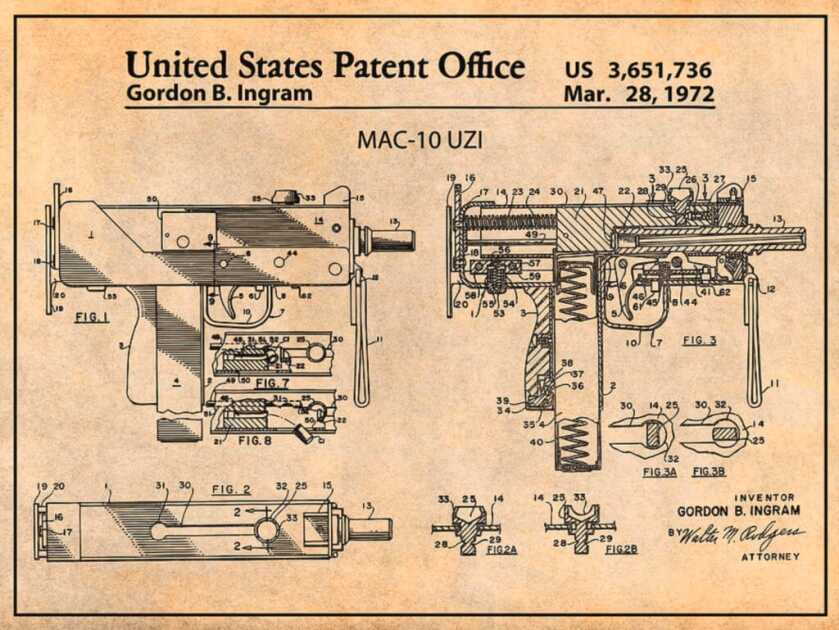
Ingram developed the M10 in the late 1960s. His mission was to create an efficient and compact SMG using advanced mass production techniques. The upper and lower receivers of the M10 were pressed out of sheet steel stock. The bolt, trunnion, and fire control parts required machining, but the gun was exceptionally cheap to produce in quantity.
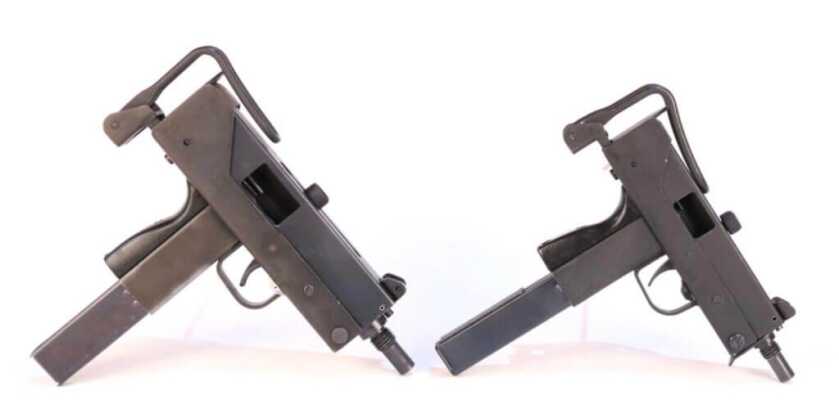
Original M10’s were available in both 9mm and .45ACP using a common lower receiver. The magazine wells were unique to each gun. Ingram subsequently scaled down the M10 to fire .380ACP and titled it the M11. The .45ACP M10 cycled at 1090 rpm, the 9mm version ran at around 1250, and the M11 fired at a blistering 1500 rpm.

The folding stock on the MAC guns has been rightfully maligned, but it yet remains better than nothing. Deployment involves squeezing the butt assembly and rotating it down before extending the twin struts. On the tiny M11, in particular, the stock is too short for anyone beyond about the 7th grade. However, the thing still serves much the same purpose as might a Pistol Stabilizing Brace today and is moderately effective as a result.
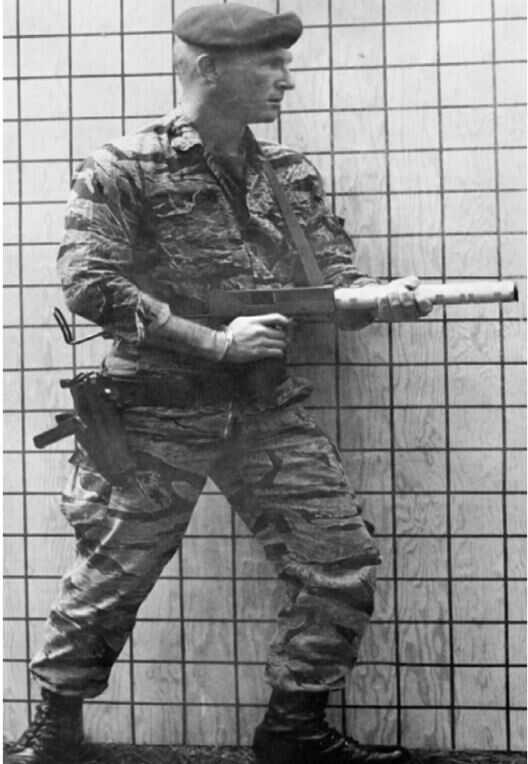
The real magic back in the 1970s was the sound suppressor. .45ACP and .380ACP are both naturally subsonic, so sound-suppressed MACs in these calibers were relatively quiet. The 9mm version was still pretty loud in the absence of expensive subsonic ammunition. The sound suppressor also gave the operator something handy upon which to cling while unleashing chaos.
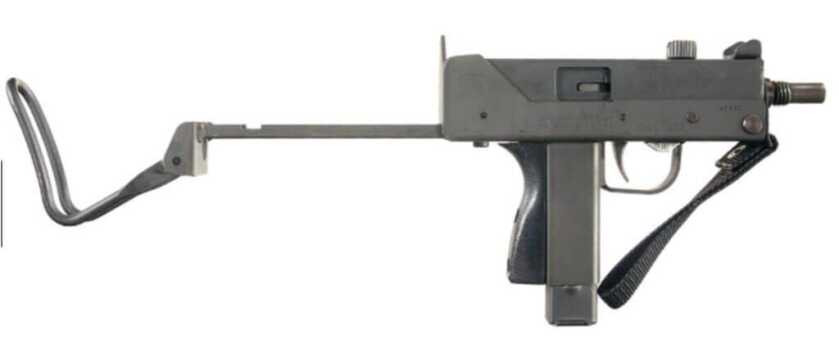
Ingram designed a nylon strap that served as a forward handhold. Mine has a .380-caliber hole shot through it from one fateful day when I was running my M11 one-handed. For reasons I have never understood, Ingram used extremely coarse threads to interface his guns with WerBell’s cans. Care must therefore be exercised lest the suppressor loosens in use. I have partially gutted a MAC10 can myself by inadvertently allowing the suppressor to unscrew a bit on the range.
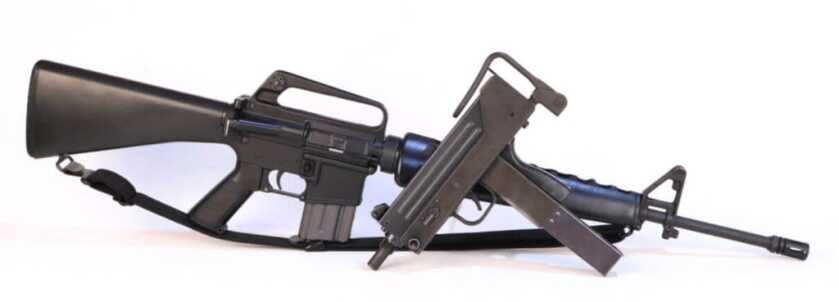
The M10 weighed 6.26 pounds empty. This is almost as heavy as an unadorned M16A1 rifle. However, all the MAC SMGs were indeed preternaturally small.
The Hard Sell
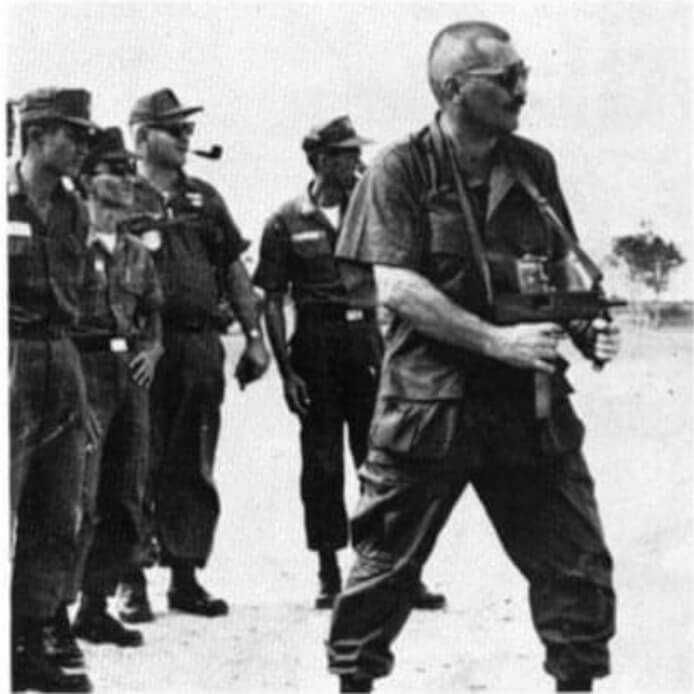
WerBell toured Vietnam with his suppressors and Ingram’s SMG’s in tow trying to sell American combat commanders on his exotic weapons. While the novelty of the things created ample buzz, the innate impracticality of the guns prevented truly widespread sales. Special Forces units got their hands on a few, but the vision of tens of thousands of M10’s stamped with “US Government Property” on the side never materialized.
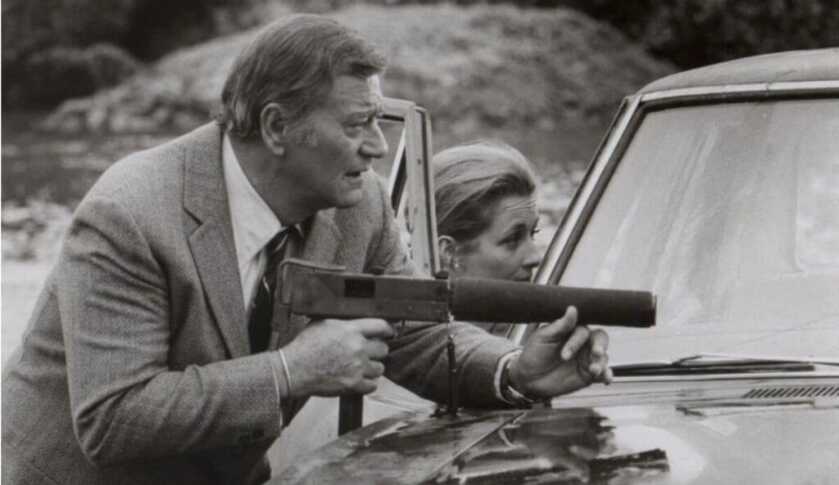
The real nail in the coffin was a US government ban on the export of sound suppressor technology. The suppressor was a major selling point for these guns, and an inability to supply suppressors just castrated the potential international market. With Uncle Sam tepid and rich oil sheiks off the menu, the Military Armament Corporation imploded.
The Rest of the Story

While the Military Armament Corporation was not the cash cow WerBell had hoped, that doesn’t mean the former-spy sat idle. WerBell developed a training center that offered an 11-week course on counterterrorism techniques. He also developed Defense Systems International, a company that brokered weapons.
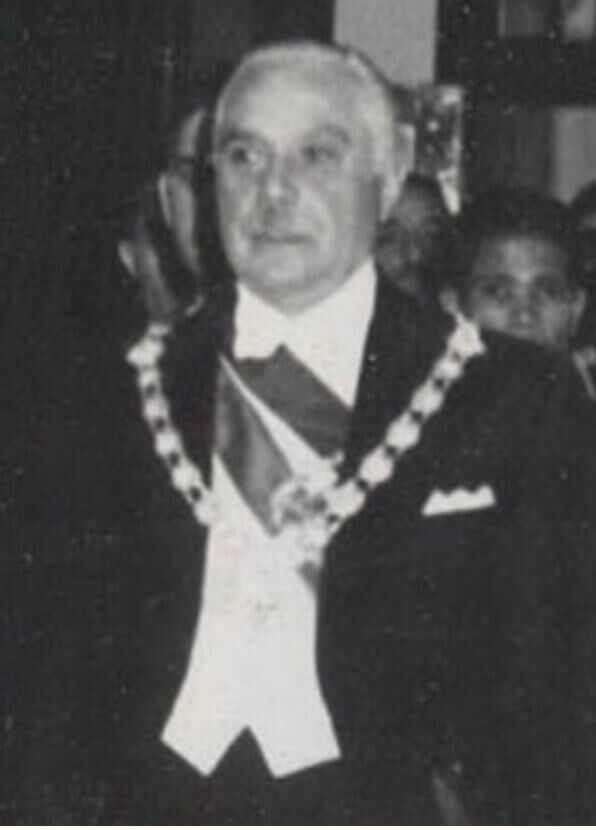
Throughout it all, Mitch WerBell got into all manner of mischief. In the 1950’s he provided military guidance to the Batista regime in Cuba as well as Rafael Trujillo, the dictator-in-residence in the Dominican Republic. In 1966 WerBell planned and organized Operation Nassau. This op involved an armed invasion of Haiti by disaffected Haitian exiles against Francois “Papa Doc” Duvalier. As invasions go this one was unique in that it was rumored to have been financially supported by CBS News. CBS naturally got exclusive rights to film the whole thing. The FBI broke up the whole sordid mob before D-Day. WerBell avoided being charged with whatever it is somebody gets charged with when he aspires to overthrow an impoverished Caribbean nation state.
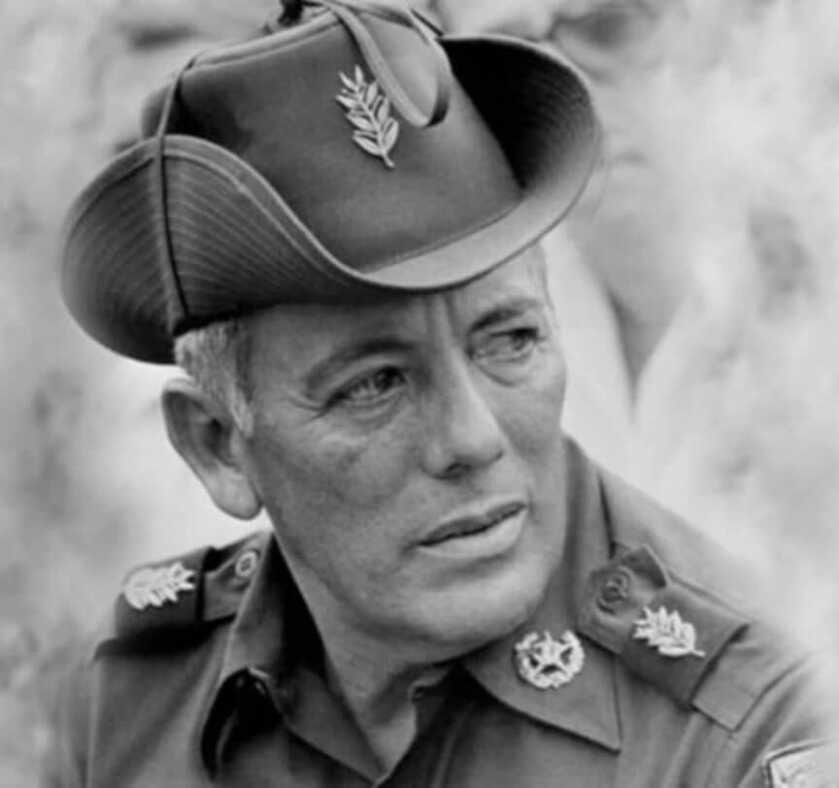
The hits just keep coming. WerBell dabbled in a tidy little insurrection in the Bahamas as well as another in Panama. His attempted coup in Panama against their dictator Omar Torrijos fizzled in 1973, but Torres died in a plane crash under suspicious circumstances five years later. In 1979 WerBell publicly asserted that Coca-Cola had paid him $1 million to provide security for their executives in Argentina, a claim Coke denied.
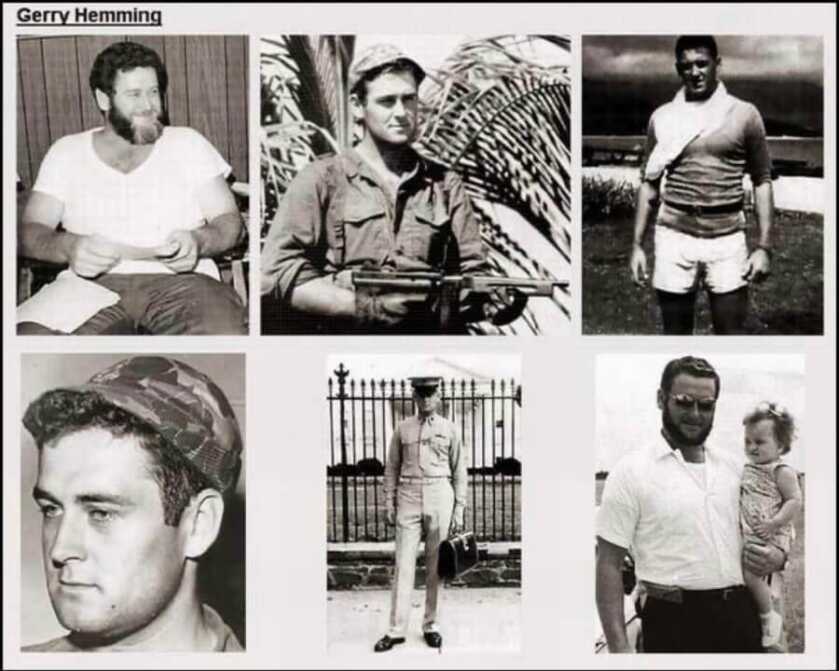
There were allegations that WerBell had been present at the site of the JFK assassination on November 22, 1963. He was tied to marijuana smuggling alongside Gerry Hemming, another larger-than-life character and CIA asset tied to Cuban insurrection and Lee Harvey Oswald. WerBell plotted a coup in Guatemala in 1982 that also failed.

The weirdest of the lot was a rumored hit sponsored by Larry Flynt, the lunatic publisher of Hustler Magazine. Flynt purportedly paid WerBell $1 million to kill Hugh Hefner, Frank Sinatra, Bob Guccione, and Walter Annenberg. All four men were apparently considered threats to Flynt’s porn empire. A copy of the check from Flynt was eventually made public, but WerBell died a month after receiving it.

There were subsequent allegations that Flynt had poisoned WerBell with digoxin at a cocktail party at Flynt’s LA estate. WerBell, then 65 and working as a security consultant for Flynt, died several days later at the UCLA Medical Center. The details will likely never be known for sure, but Mitch WerBell was undeniably one serious piece of work.



WerBell, aka, “Our Man in Powder Springs”, was a man’s man. He was well known in the community where he lived, and was friendly to a fault. He would never turn down a glass of whiskey, a cigar, and a good BS session. His sons started the mail order firm, Brigade Quartermasters.
While he was involved in some shady activities, a good percentage of them were sponsored or blessed by a certain three-letter agency.
I never figured out if he connected with Dent Myers, but they were peas in a pod. They were men who went their own way and didn’t care what other people thought of them. They only lived a handful of mile apart.
Dr. Dabbs,
The highlight of my weekly internet reading is without a doubt your historical articles. I also only just recently found your video reviews on the Firearms News website. I really can’t get enough of your content, have you written or considered writing a book or maybe publishing a compilation of the many stories you have written about historically significant firearms?
I will always appreciate your style of writing. Particularly, the use of witty adjectives. The sideways head shot of Mr. Werbell rocking the cigar says it all. My son and I read this together. He thought the picture of Mr. WerBell with the cigar was epic. He came home the other day with a pack of cigars and some pretty rocking military surplus clothing. Apparently, even death itself, was unable to contain the contagious influence of this man. Keep writing and God bless.
Perhaps these would have made a good crew weapon on a tank back then, but I was more than satisfied with the M3 grease gun we had in the M48 A3 tanks. We got so good with the grease guns when we qualified annually that we started cutting the stakes off the silhouette targets down range. That always pissed the gunney off. I loved that weapon as well as the M79 grenade launcher. The rate of fire on the M3 seemed just right to deliver high volume accurate fire on target. I envy anyone who owns one.
The “old” MAC-10s that fired from an open bolt could be made to fire full auto without modifying any components, simply by using the proper firing technique.
Howdy Doc:
In case you haven’t met the Chinese fellow pictured with Mitch, his name is Grand Master Jason Lau, he worked for WerBell from the early 80’s till his death. Jason is a great source of Mitch WerBell stories. At present he teaches Wing Chun in Atlanta: http://www.jasonlauwingchun.com/ Maybe the two of you can get together and write a book on WerBell?! BTW, did you hear the one about WerBell as Co station chief in Laos, and an Air America pilot drunk to all get out, flying over Hanoi dropping rats infested with bubonic plague onto the city?
Be well and God bless from Texas
I’ll leave comments on Werbel to the rest here. But an smg with a wire stock in a hip holster may be snazzy for a grunt…anyone thats crawled around in armored vehicles quickly learns anything thats attached to ones waist will soon snag on any protruding device bolted to said vehicle. Id prefer a shoulder holster setup for such an smg or at least a flap type hip holster. Yeah yeah, the first tier operators here will comment on how slow a flapped holstered weapon is to deploy which proves they dont know diddly about the armored calvary.
Such men and women are called, ” characters,” for good reasons. I love reading about them, and this article is a fine piece of work. Thank you. 😎